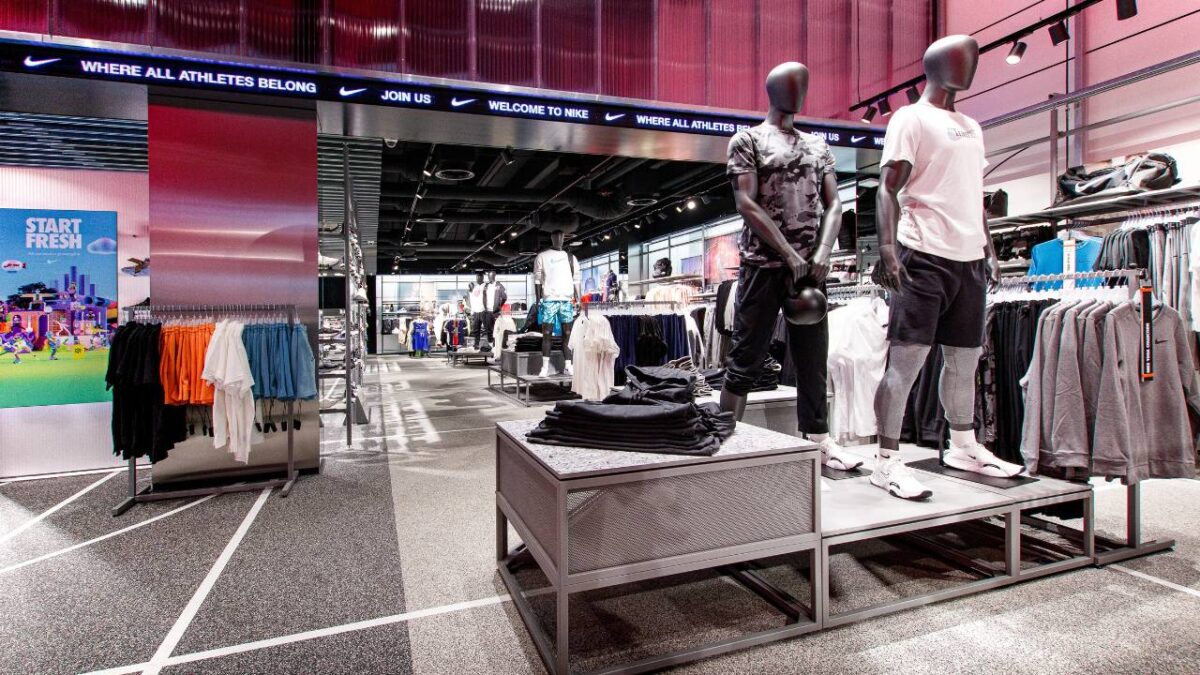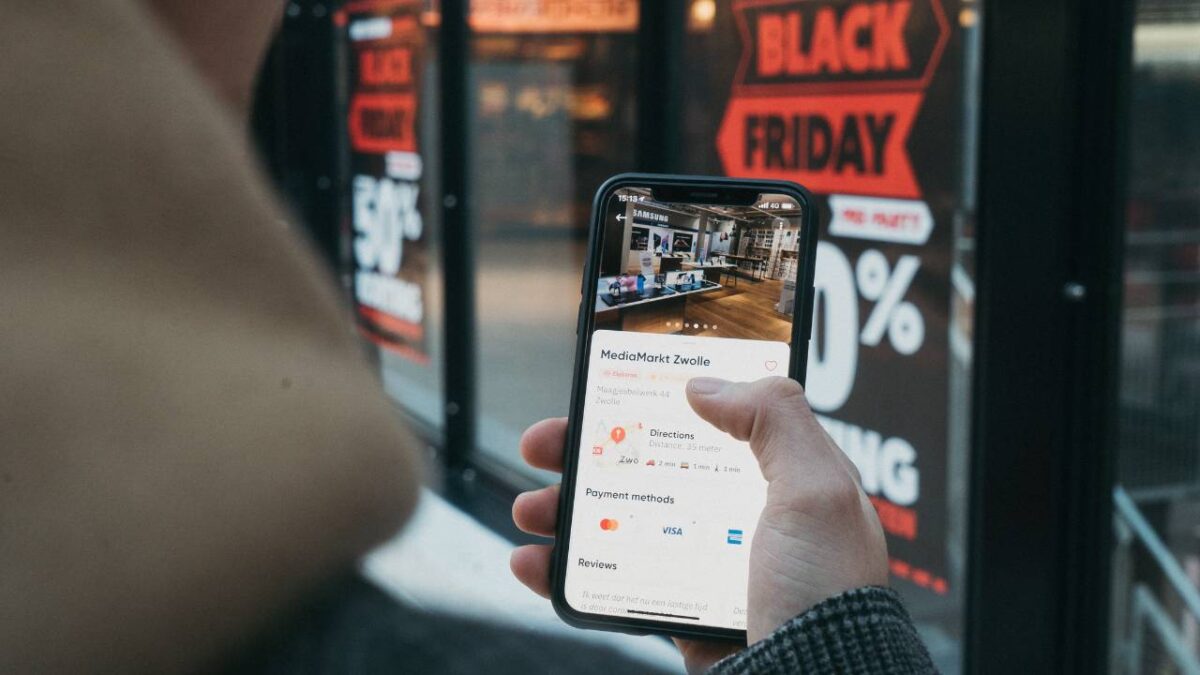In today’s diverse and fast-paced retail landscape, creating welcoming and accessible spaces is essential for businesses of all sizes. Inclusive design, an approach that considers the needs and preferences of a broad range of customers, empowers retailers to better cater to their clientele.
By embracing inclusive design principles in your retail environment, you can enhance the customer experience, foster brand loyalty, and ultimately boost your bottom line. Integrating user-friendly and universally accessible features, such as clear signage, ample lighting, and aesthetically pleasing yet functional layouts, helps ensure that all customers feel valued and comfortable in your space. Remember, inclusion benefits everyone – so why not transform your retail environment and watch your business flourish?
Understanding the Concept of Inclusive Design
Inclusive design is an important approach that values diversity and inclusion in retail business environments. You may have come across the term while navigating the world of design, but what does it truly entail? In this brief section, we will explore the concept and its significance in the retail sector.
At its core, inclusive design aims to create spaces, products, and services that are accessible and usable by as many people as possible. This approach considers a wide range of diverse needs, preferences, and situations, ensuring that everyone feels welcome and represented. Being mindful of inclusive design helps you cater to a broader audience, ultimately leading to a positive perception of your retail business.
In the context of retail environments, it is crucial to remember that each customer is unique, varying in age, abilities, background, culture, and preferences. By embracing inclusive design, you create an environment where everyone can comfortably navigate and enjoy their shopping experience. This can manifest in various ways, such as ensuring easy access for wheelchair users, providing clear signage, or designing fitting rooms that cater to diverse body shapes and sizes.
As a retailer, it is important to keep inclusivity at the forefront of your decisions and designs. This approach does not only demonstrate your business’s commitment to upholding ethical values, but it also aligns with consumer expectations for inclusivity. Additionally, embracing an inclusive design strategy can positively impact your business’s bottom line, as it may increase customer loyalty, provide a competitive edge, and foster an environment that is welcoming for all.
Why Inclusive Design Matters in Retail

Inclusive design in retail environments offers numerous advantages for you and your customers. By embracing inclusive design, you not only cater to a wider range of customers but also foster a sense of belonging, which enhances both customer satisfaction and loyalty.
One important aspect of inclusive design is acknowledging and supporting neurodiversity. With an increasing awareness of neurodiverse individuals, your retail space should be designed to accommodate their needs. Comfortable lighting, reduced noise levels, and clearly labelled aisles can contribute to a more enjoyable shopping experience for everyone.
In terms of growth and social responsibility, incorporating inclusive design in your retail environment shows that you care about the well-being of all customers. This approach aligns with the values of your stakeholders, enhances your reputation, and demonstrates your commitment to being a socially responsible retailer.
Customer experience plays a crucial role in engendering loyalty, and by adopting inclusive design, you significantly improve the overall experience for the majority of your customers. For instance, wider aisles and ramps not only make your retail space more accessible for people with wheelchairs but also improve navigation for customers with pushchairs or bulky purchases.
Barriers to Inclusion in Retail Environments
As you walk into a retail environment, you may believe it is an inclusive space for everyone. However, there are barriers that often prevent some individuals from comfortably accessing and using these spaces. Here are some of the main barriers that you should be aware of:
Physical barriers: These are the design features of an environment that create difficulties for individuals with disabilities or mobility impairments. For example, narrow aisles, high shelves, or uneven surfaces can make it challenging for wheelchair users, those with walking aids, or people with limited strength and dexterity.
Language barriers: Language differences may prevent individuals from different linguistic backgrounds from understanding product information, signage, or communicating effectively with staff members. This can be frustrating and limiting for both the customer and the business.
Accessible formats: A lack of documents, product labels, or promotional materials in accessible formats like large print, braille, or electronic alternatives may exclude those with visual impairments or learning disabilities.
To promote inclusivity, retail environments should aim to address these barriers by making the necessary adjustments and improvements. By embracing inclusive design, you can create a more welcoming and user-friendly space for all customers, regardless of their abilities or background. This will contribute to a positive shopping experience, fostering loyalty and trust within your customer base.
How Retailers Are Embracing Inclusive Design

In recent years, retailers have recognised the importance of creating inclusive environments for their customers. By focusing on store design and accessibility and embracing diversity, retailers are paving the way for a more inclusive shopping experience.
One of the driving forces behind the shift towards inclusive retail environments is Gen Z, a generation that values diversity and inclusion. In response to this, many retailers are adapting their store designs to cater to a wide range of customers. For example, wider aisles and lower shelves can make it easier for wheelchair users to navigate stores, while clear signage and visual cues can support shoppers with sensory or cognitive disabilities.
The beauty industry, in particular, has made notable strides in promoting inclusivity. Brands such as Sephora and MAC Cosmetics have expanded their target market by offering a diverse range of products for all skin tones and needs. In addition, these retailers are working to ensure their store environments are welcoming for everyone, regardless of background or ability.
Another key aspect of creating an inclusive environment is through staff diversity. Retailers that are focusing on hiring diverse employees are better equipped to cater to the needs of diverse customers. For instance, a staff member who is fluent in sign language can help bridge the communication gap for deaf customers, providing a more seamless and inclusive shopping experience.
The inclusive retail design extends beyond the physical aspects of a store. Many retailers, like Sephora, are embracing brand inclusiveness by actively promoting diversity through advertising campaigns and social media. This not only broadens the appeal of their products but also helps forge stronger connections with customers from various backgrounds.
The Role of Design Elements in Creating Inclusive Retail Experiences
As you venture into the world of retail environments, you’ll quickly realise that design elements play a crucial role in creating inclusive experiences for customers. Caring about the physical retail environment and how it affects those who interact with it can go a long way in ensuring all customers feel welcomed and valued.
Take note of wayfinding elements, such as clear and visible signage, that everyone easily understands. This includes not only text size and colour but also incorporating symbols and graphics that cater to those with visual impairments or reading difficulties.
Lighting will also greatly impact the overall experience. Your retail environment should utilise a variety of lights – from ambient to task-oriented – that will help create a comfortable atmosphere. Keep in mind, though, that some individuals may be sensitive to bright or flashing lights, so consider incorporating a balance between bright, attention-grabbing displays and dimmer, soft-lit areas.
Your store’s layout can either make or break the inclusivity, so it’s important to consider ease of navigation. Wide, easy-to-move-around aisles, uncluttered displays, and carefully placed products will benefit everyone, including customers using wheelchairs, parents with pushchairs, or people who simply need more personal space.
To create a truly welcoming environment, pay attention to sounds within your retail space. While some level of noise is expected – and can even contribute to an upbeat atmosphere – loud, congested spaces may cause discomfort for those with hearing impairments or sensory sensitivities. Offering designated quieter areas or implementing sound-dampening elements can help mitigate these concerns.
Lastly, your retail space should provide a harmonious blend of sensory stimulation and branded physical environments. Well-curated scents, colours, and textures that align with your brand’s identity can offer cohesive and memorable experiences to customers. However, finding that balance between sensory appeal and overwhelming stimuli will be vital to ensure an inclusive environment.
Inclusive Design and Consumer Behaviour
Inclusive design can significantly impact consumer behaviour in retail environments. By considering the needs and preferences of a diverse range of shoppers, you create a more comfortable and welcoming experience that encourages positive interactions with your brand.
It’s essential to recognise that customers come from various backgrounds and ethnicities. By designing your retail space to accommodate ethnic diversity, you demonstrate your commitment to serving all customers equally. This includes considering cultural sensitivities, language barriers, and different shopping habits. Embracing these differences in your retail design can lead to an increase in foot traffic and, ultimately, better sales.
During the customer journey, shoppers often rely on brands to provide a seamless and enjoyable experience. Part of achieving this goal involves considering the diverse perspectives of customers and incorporating those insights in your overall design. For example, ensuring that your store layout and promotional materials are accessible and user-friendly for customers with disabilities can help you create a more inclusive environment.
This inclusive design can extend to the products that you offer as well. Be sure to carefully consider the needs of diverse shoppers by providing a wide range of sizes, styles, and features that cater to users of different ages, cultural backgrounds, and body types. By doing this, you’re more likely to create a shopping experience that matches the preferences and requirements of your customers, leading to more satisfied and loyal shoppers.
Remember, an inclusive retail environment isn’t just about the physical space. Consider how your staff interact with customers, too. Provide training and education to your employees about the importance of empathy, inclusivity, and cultural awareness. This will empower them to engage with a diverse range of customers effectively, further enhancing their shopping experience.
The Impact of Social Media and Inclusive Design

In today’s world, social media plays a significant role in influencing retail environments. As a retailer, it’s crucial to consider how your store’s design can create a welcoming and safe space for all customers, regardless of their ethnic or racial backgrounds. By adopting inclusive design principles, you can foster a sense of unity, bridge the divide, and create a positive impact on your brand’s image.
When you use social media to showcase your inclusive retail environment, you’re sending a message that your store is a friendly and welcoming space for everyone. This can encourage potential customers to visit your store, knowing they’ll feel comfortable and accepted. Showcasing diverse and representative staff members, as well as promoting accessible and adaptive store layouts through your social media channels, can win hearts and minds in the dynamic world of retail.
It’s essential to monitor customer feedback on social media as well. Engaging with your audience in a transparent and respectful manner can lead to valuable insights into your store’s inclusivity performance. By listening to your customers and making their opinions heard, you can make continuous improvements that will set you apart from competitors and boost brand loyalty.
Case Study: Inclusion and Retail Brands
When you walk into a Sephora or MAC Cosmetics store, you’ll notice a welcoming atmosphere that caters to a diverse range of customers. These brands exemplify the power of inclusive design in retail environments.
In recent years, Sephora has made significant strides in promoting diversity and inclusivity in its stores. The company developed a wide range of makeup shades to cater to different skin tones, allowing customers of various backgrounds to find suitable products. Additionally, their campaigns feature diverse models to reflect their commitment to inclusivity.
Similarly, MAC Cosmetics has been a champion of inclusive design for many years. The brand’s makeup line covers an impressive spectrum of colours and shades, ensuring everyone can enjoy their products. MAC also fosters an environment where makeup artists from various backgrounds and skill levels can collaborate and learn from one another.
The rise of black-owned businesses in the retail space is another example of the power of inclusive design. Across the USA, these businesses have gained momentum and recognition by offering unique products and services tailored to the needs of their diverse clientele. This growth highlights the importance of incorporating inclusive design principles in retail environments to cater to a wider target market while promoting equal opportunities for businesses.
The Future of Inclusive Design in Retail
In the coming years, embracing inclusive design in retail environments will not only become more widespread but it will also be considered essential. It’s important to recognise the growth and significance of neurodiversity and disability regulations in shaping modern retail spaces.
By incorporating inclusive design principles, retail stores have the potential to transform both their merchandising approach and overall quality of customer experience. This positive shift leads to increased productivity and well-being for everyone involved – from customers to retail workers.
In the workplace, inclusive design is becoming increasingly vital as the number of older retail employees continues to rise. Adapting retail spaces to cater to their needs benefits all employees, resulting in a healthier and more diverse workforce.
Beyond retail stores, inclusive design is gaining momentum in public spaces such as museums and galleries. By incorporating features like ramps, audio guides, and accessible displays, these spaces are becoming more welcoming to a broader range of visitors.
Conclusion
Incorporating accessibility features and clear signage makes it easier for customers to navigate your store and find what they’re looking for. Comfortable seating, adjustable lighting, and accommodating store layouts also contribute to a pleasant environment that caters to various needs and preferences.
Moreover, training staff to be sensitive to different needs and showing empathy towards customers creates better connections. By encouraging open communication, your employees can better understand and serve the unique requirements of your customers.
Implementing these inclusive design strategies not only makes your retail space more accessible but ultimately leads to increased customer satisfaction and loyalty. As a result, your business will benefit from a diverse client base and an enhanced reputation in the community.






